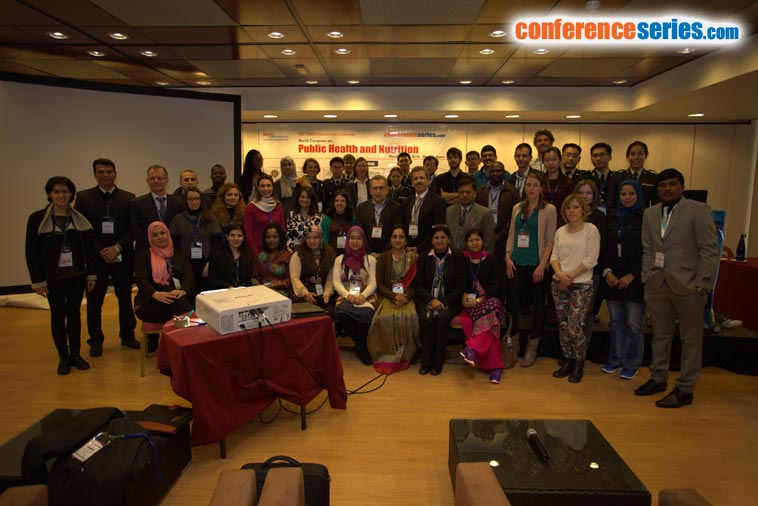
Marcela González-Gross
Technical University of Madrid, Spain
Title: Vitamin status in European adolescents: Contribution of the HELENA study to Public Health
Biography
Biography: Marcela González-Gross
Abstract
The main conclusions are the following:rn• For the first time, data on micronutrient status are presented using the same methodology in European adolescents, showing important associations with sex, age, physical activity, fitness and BMI. rn• More than 75% of the adolescents had sub-optimal vitamin D, 35% plasma folate, 20% vitamin B6 levels according to adults´ reference values. 71% of the females had RBC folate concentrations below 906 nmol/L, in relationship to folate-dependent Neural Tube Defects. Folate, vit D, E & C presented deficient intake.rn• Socioeconomic status has an influence on vitamin D, B12 and folate concentrations. rn• Sex should be considered when analyzing vitamin C, alfa-tocoferol, vitamin B12, vitamin B6 and tHcy concentrations.rn• Age should be considered when analyzing plasma folate, holo-TC, RBC folate and tHcy in males and beta-carotene, PF, Cbl and tHcy in females. Retinol in both.rn• A relationship between vitamin D concentrations and bone mineral content was observed in physically active adolescents.rn• Regarding cardiorespiratory fitness, retinol and vitamin C were associated in males and beta-carotene and vitamin D in females. Regarding muscular fitness, beta-carotene, retinol and alfa-tocoferol were associated in males and beta-carotene and vitamin D in females.rn• As some vitamin deficiencies have been observed, public health measures should be taken, as an adequate vitamin status is essential for optimal growth and development.rn


